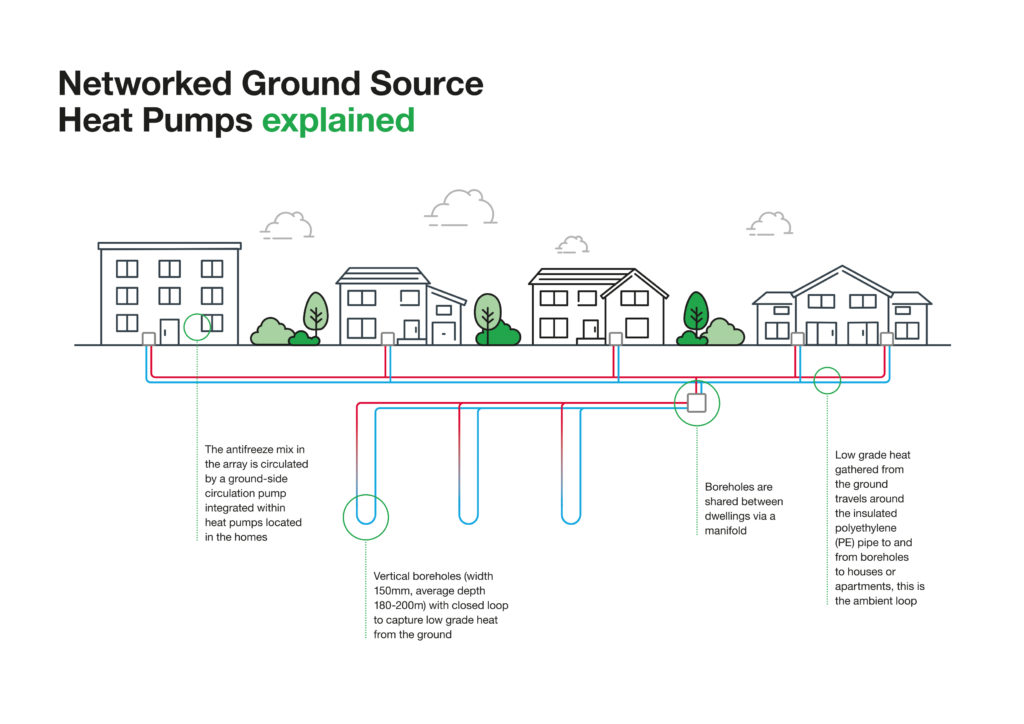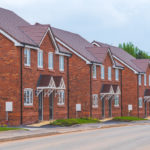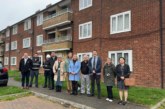 Neal Herbert, Managing Director of GTC, discusses digitalisation and the future of low carbon social housing.
Neal Herbert, Managing Director of GTC, discusses digitalisation and the future of low carbon social housing.
As the UK edges closer to its net zero goals, digital transformation is emerging as a crucial enabler in the decarbonisation of social housing. Housing associations and local authorities are at the centre of this shift, tasked with delivering affordable, sustainable, and energy-efficient homes that meet evolving regulatory standards and rising resident expectations.
Digitalisation is now reshaping how homes are designed, heated, and managed. Through intelligent integration of technologies and data systems, social housing providers can take meaningful strides toward a low carbon future — while ensuring residents benefit from comfort, affordability, and transparency.
The Future Homes Standard, along with broader net zero ambitions, places increasing pressure on the social housing sector to transition away from carbon-intensive systems. Digitalisation offers a powerful toolkit to meet these demands, unlocking smarter, more efficient ways to build and operate homes.
By incorporating data-led insights, automated control systems, and real-time connectivity, digital solutions allow social housing residents to optimise energy use and support the wider grid. This is particularly important as heating — traditionally the largest contributor to domestic emissions — undergoes a fundamental transformation.
Networked solutions
Low carbon heating systems such as Networked Ground Source Heat Pumps are now being paired with intelligent controls like the Passiv Smart Thermostat, enabling more responsive and adaptable energy management. The result is a housing stock that not only meets current compliance thresholds but also, is future proofed against evolving regulatory and environmental challenges.
For local authorities and housing associations delivering new-build or regeneration projects, Networked Ground Source Heat Pumps present a scalable, efficient, and low carbon solution.
Networked Ground Source Heat Pumps work by capturing heat stored in the ground and amplifying it via a heat pump to provide consistent space heating and hot water. What distinguishes these systems in today’s context is their digital capability. When connected with smart thermostats, Networked Ground Source Heat Pumps enable individual residents to set personalised comfort preferences while the system adjusts in real-time to optimise energy use and cost.
This digital interface does more than improve user experience — it supports demand-side flexibility, which allows the heating load to shift in response to grid needs. For example, residents can be incentivised to reduce consumption during peak times, supporting grid resilience and reducing the cost of electricity. This is a key advantage for local authorities looking to manage energy demands across large portfolios while delivering value for money to residents.
 Digital ecosystem
Digital ecosystem
By combining Networked Ground Source Heat Pumps with intelligent controls, housing associations and local authorities can create a comprehensive digital ecosystem that delivers benefits across the board:
- For Housing Providers: Accelerates the transition to low carbon, digitally enabled housing by integrating smart controls with Networked Ground Source Heat Pumps. This allows social housing providers to future-proof their stock, meet decarbonisation targets, and gain valuable data insights for better asset management.
- For Residents: Smart thermostats give tenants greater control over their environment. From scheduling heating to monitoring energy use, residents can make informed decisions that reduce bills and enhance wellbeing. This level of transparency is particularly valuable in tackling fuel poverty — allowing residents to heat their homes efficiently without sacrificing comfort.
- For the Grid: Electrification of heat is a cornerstone of the UK’s net zero strategy. As more homes adopt electric heating, demand-side flexibility becomes essential. Digitalised systems make it possible for housing associations to support grid stability through intelligent load shifting — essentially turning homes into active participants in the energy system.
Building resilience
The digital transformation of heating in social housing is not just a technological upgrade — it is a strategic shift that enables a just, inclusive transition to net zero. By adopting future-ready systems today, housing associations and local authorities can build resilience into their stock, lower operating costs, and empower communities.
This also positions the public housing sector as a leader in innovation. As pressure mounts on private developers to meet sustainability standards, social landlords can showcase scalable, replicable models for low carbon living.
Moreover, by investing in integrated digital infrastructure now, providers can avoid costly retrofits in the future and ensure their homes remain compliant, efficient, and desirable for decades to come.
The convergence of digitalisation and decarbonisation is redefining what’s possible in social housing. Through technologies like Networked Ground Source Heat Pumps and intelligent control platforms, housing associations and local authorities can deliver homes that are smart, sustainable, and supportive of both resident wellbeing and national climate goals.
Now is the time for the sector to embrace this transformation — leveraging innovation not just to meet regulations, but to lead the way toward a cleaner, more equitable housing future for all.
Header image: ©Richard O’Donoghue/AdobeStock










